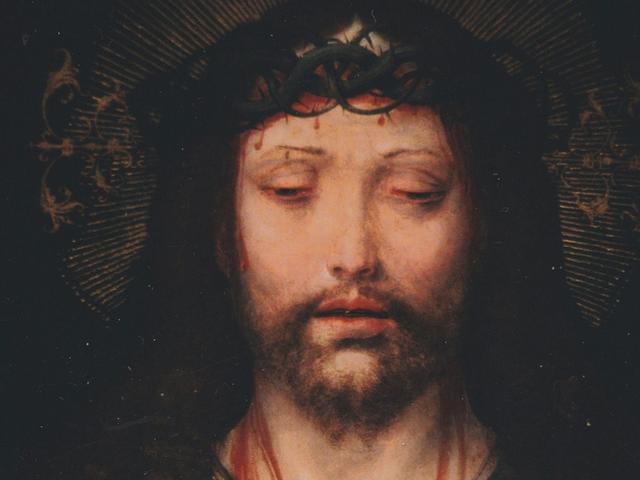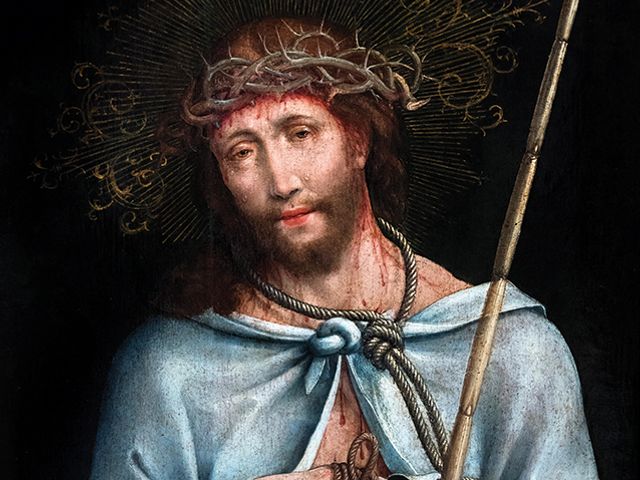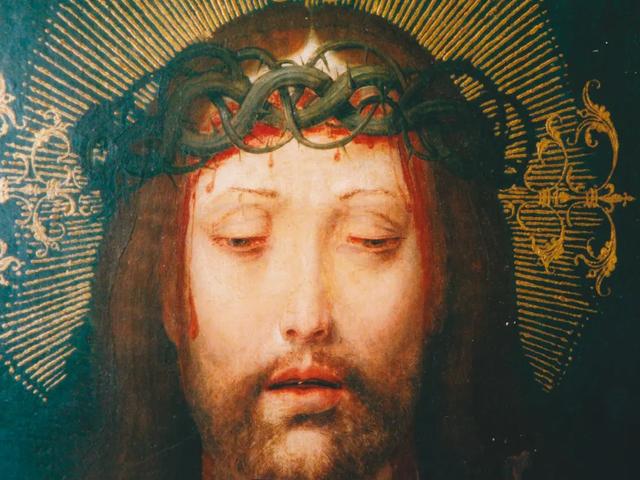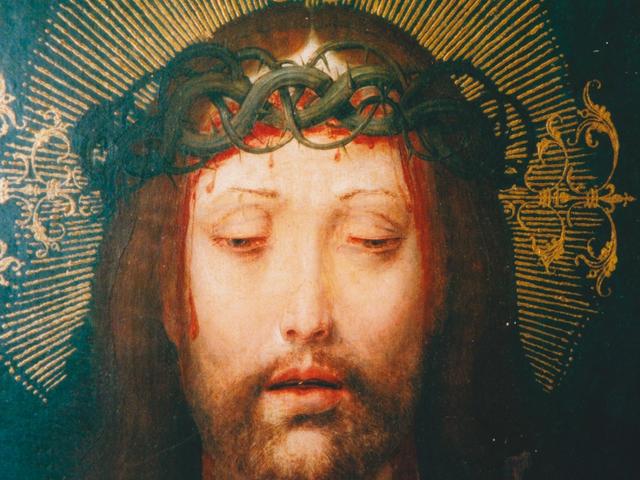Kwer’ata Re’esu
Investigation by Portuguese newspaper reveals grappling between politicians and museums over future of Kwer’ata Re’esu
Disagreement centred over whether the painting, looted in 1868 and later sold to a private collector in Portugal, should be bought by the government and returned to Ethopia
Unravelling the Kwer’ata Re’esu mystery: experts say the painter could be Iberian, Flemish—or German
The painting had been looted at the battle of Maqdala in 1868, but is now in the possession of a Portuguese collector
Kwer'ata Re'esu: the astonishing story of Ethiopia's most treasured icon
Plus, the AI copyright debate in the US and the end of China’s museum boom
Exclusive: first colour photographs shed fresh light on Ethiopia's most treasured icon and its looting by an agent of the British Museum
An Art Newspaper investigation uncovers new details on the infamous seizure in 1868 by Richard Holmes of a 500-year-old painting of Christ, the Kwer’ata Re’esu, which never reached the London institution
From the archive (1998): How The Art Newspaper tracked down Ethiopia’s greatest icon after its looting by a British agent in 1868
The Kwer'ata Re'esu was kept in a bank vault in Portugal, where our correspondent examined it and took colour photographs in 1998
From the archive (1993): Where is the looted Kwer'ata Re'esu, the most revered icon of the Ethiopian empire?
As a touring exhibition, African Zion—The Sacred Art Of Ethiopia, opened in the United States in 1993, a scholar of Ethiopian history asked what had become of the country's most important painting of all







